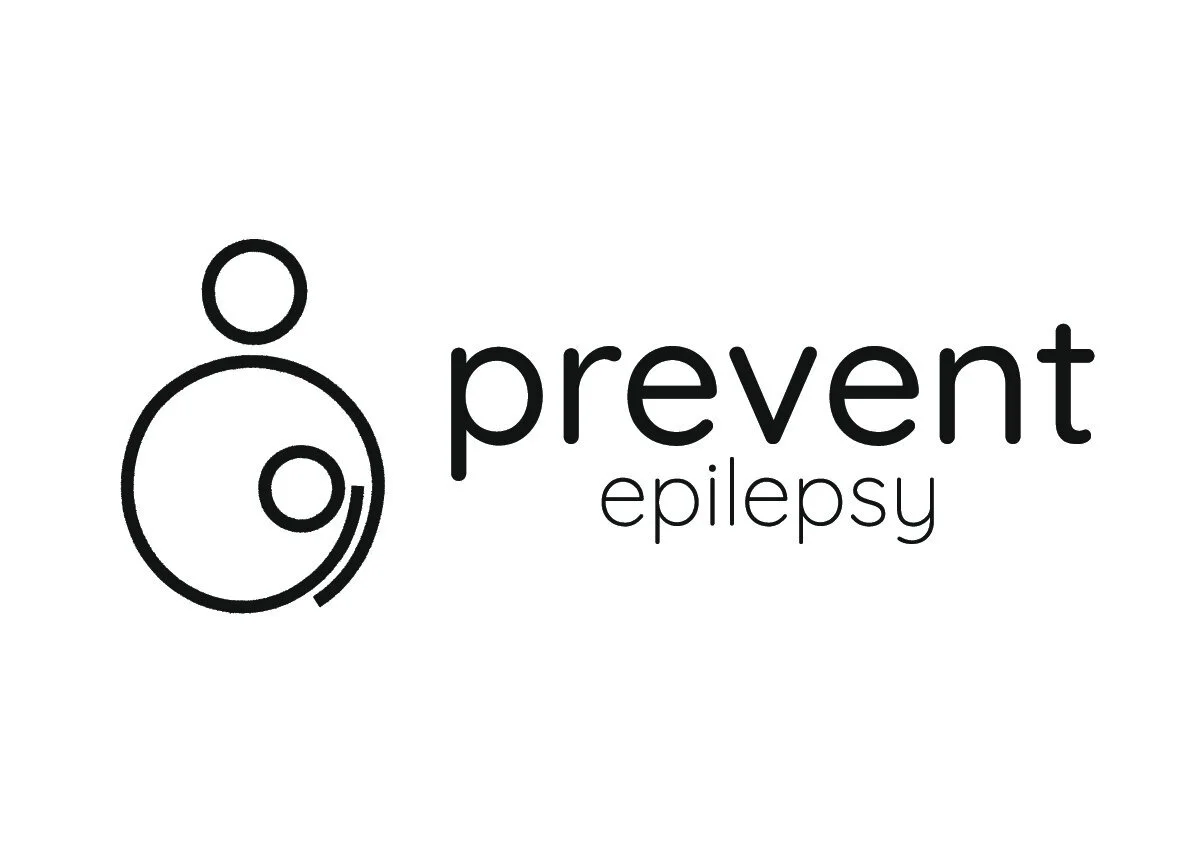Prevention of Epilepsy by reducing Neonatal Encephalopathy (PREVENT) Study
Epilepsy is one of the leading causes of disabilities in India, affecting more than 12 million people here. It often debilitates the lives of those affected and takes a massive toll on the socio-economic ecosystem. A significant number of epilepsy cases are caused by brain injuries in babies during childbirth. We at PREVENT (Prevention of Epilepsy by reducing Neonatal Encephalopathy) study, believe that we could help reduce epilepsy by preventing brain injuries sustained during childbirth.
Epilepsy is a symptom of an underlying brain damage which causes other neuro-disabilities. This affects the way children learn, behave and their quality of life. By preventing brain damage during child birth, we not only reduce the prevalence of epilepsy, but also reduce the problems of neuro-developmental outcomes.
To this end, leading researchers in obstetrics, midwifery, neonatal medicine, epilepsy, neurology, public health and health economics from the UK, and India came together with the common goal of preventing epilepsy in new-born babies. This team, in collaboration with three large medical college hospitals, Bangalore Medical College, Government Calicut Medical College and Karnataka Medical College will study 60,000 pregnant women for the next four years and introduce a ‘care bundle’ during labour and delivery to reduce brain injuries in babies. This research is funded by the National Institute for Health Research (NIHR) Research and Innovation for Global Health Transformation (RIGHT) program.
To learn more about the Centre for Perinatal Neuroscience, Imperial College London, [INSERT LINK]
Epilepsy and Hypoxic Ischemic Encephalopathy:
One of the major risk factors for children developing epilepsy, is Hypoxic Ischemic Encephalopathy (HIE)*. If we could prevent HIE, we could significantly reduce epilepsy in children. Hypoxic Ischemic Encephalopathy (HIE) also commonly known as birth asphyxia, is brain damage that happens to a baby due to lack of oxygen during childbirth. Many of these babies may also develop additional neuro-disabilities, including cerebral palsy, deafness and blindness.
There are about 100 billion neurons in our brains sending 200 electrical signals every second to help us get through our daily lives. A simple act like reading this text could mean there are a billion signals firing away, and neurons communicating with each other to help you process this information.
Epilepsy is a condition where there is sudden change in these electrical signals, often resulting in a change in behaviour or movement of the person. For example, the person may suffer from convulsions and even lose consciousness. Although treatment is available for this condition, there is no known cure for epilepsy in most cases.
Our researchers from Imperial College London and other institutions in the UK and India, believe that we could help reduce the number of epilepsy cases in Indian public hospitals by improving the care given to women and their babies during childbirth. We call this a ‘care bundle’, which we aim to provide to 60,000 women and their babies in South India.
PREVENT Care Bundle:
The care bundle has four elements – birth companions, intelligent fetal heart-rate monitoring, e-partograms and brain oriented neonatal resuscitation. These elements being practical, affordable and scalable, we believe that this could be a solution that could be easily implemented in all Indian public sector hospitals.
1. Birth Companion
This element of the care bundle provides expectant mothers with trained birth companions (usually a family member or health care aide) to support and advocate for them during labour. It also helps establish a constructive rapport between the frontline labour room staff and the birth companions. This active participation of the mother and her birth companion will enhance the birthing experience.
2. Fetal Surveillance
A graphic Doppler is a low-cost alternative to expensive CTG (or cardiotocography), and encourages the concept of ‘intelligent auscultation’. This will encourage the clinicians to look at fetal heart rate not just as a number, but to assess the fetal wellbeing by examining the small increases and decreases in the fetal heart rate.
3. E-partogram
A partogram is a useful method of monitoring labour by capturing maternal and fetal data, but it is time and labour intensive. The electronic version, based on WHO guidelines, is expected to reduce the work load of the frontline labour room staff while ensuring real time monitoring. Although this element will have initial infrastructure and software development costs, it is expected to be cost effective over the longer term.
4. Brain Oriented Resuscitation
This element incorporates simple steps for neuro-protection (like timely resuscitation and prevention of hyperthermia) into existing neonatal life support guidelines, without any additional cost.

